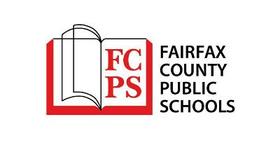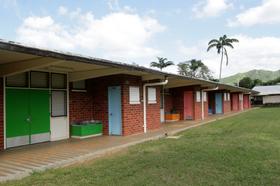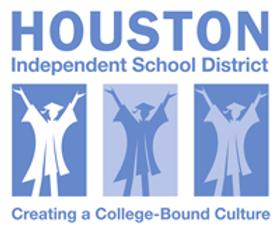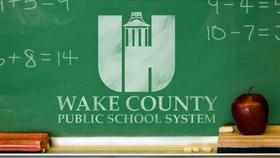Like other states, Colorado has seen more than its share of budget cuts that have impacted public services throughout the state. Unfortunately, many cuts have trickled down to Colorado’s public education system, which some argue has shortchanged the students who attend Colorado schools. In recent years, many school districts have decided to take matters into their own hands by suing the state government responsible for ensuring their funding. In an exciting turn of events, a court ruling and a budget windfall have occurred nearly simultaneously in the state, providing a reason for some to be slightly more optimistic about the state of public education in Colorado.
This TED Talk discusses school funding as it is tied to student attendance.
Lobato vs. the State of Colorado
In 2005, a lawsuit was filed against the state of Colorado by one of the state’s school districts. The lawsuit, initiated by the San Luis Valley School District, claimed that the state had shortchanged the public education system by $2 to $4 billion per year, leaving educators grappling with how to meet state and federal standards in education without appropriate resources from which to draw. Other school districts across the state joined the lawsuit as more educators hopped on the bandwagon to urge state lawmakers to give schools what districts believe is their constitutional due.
Recently, the judge overseeing the Lobato vs. State of Colorado lawsuit gave





























